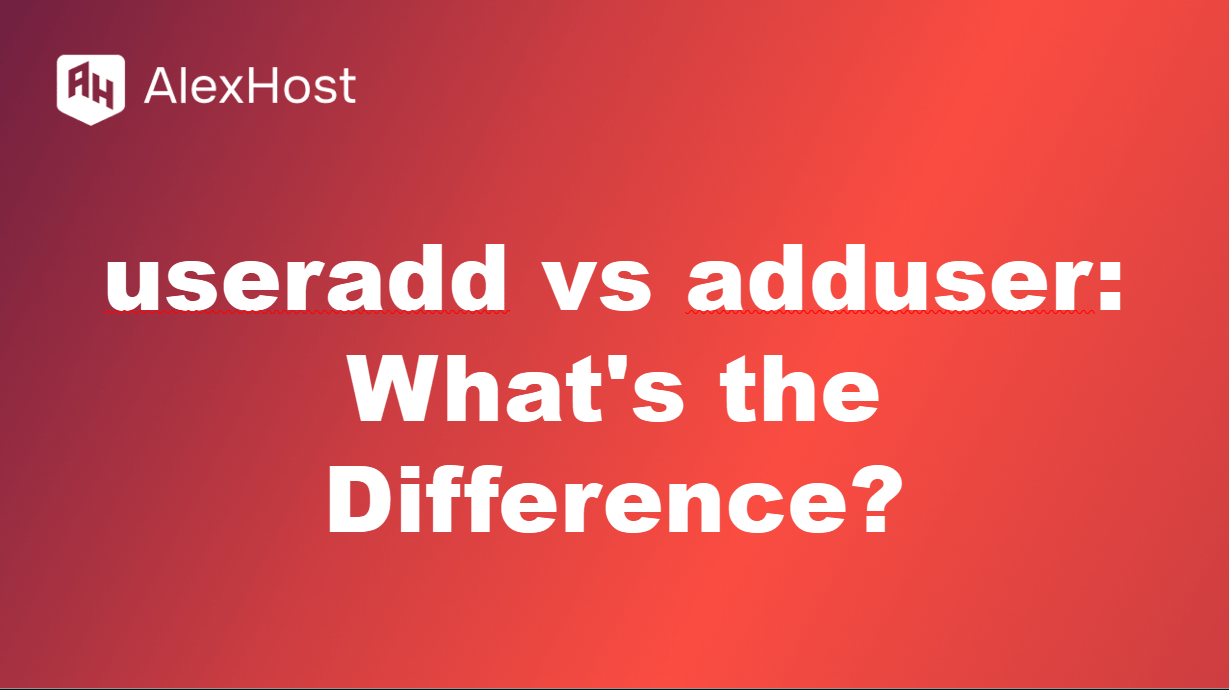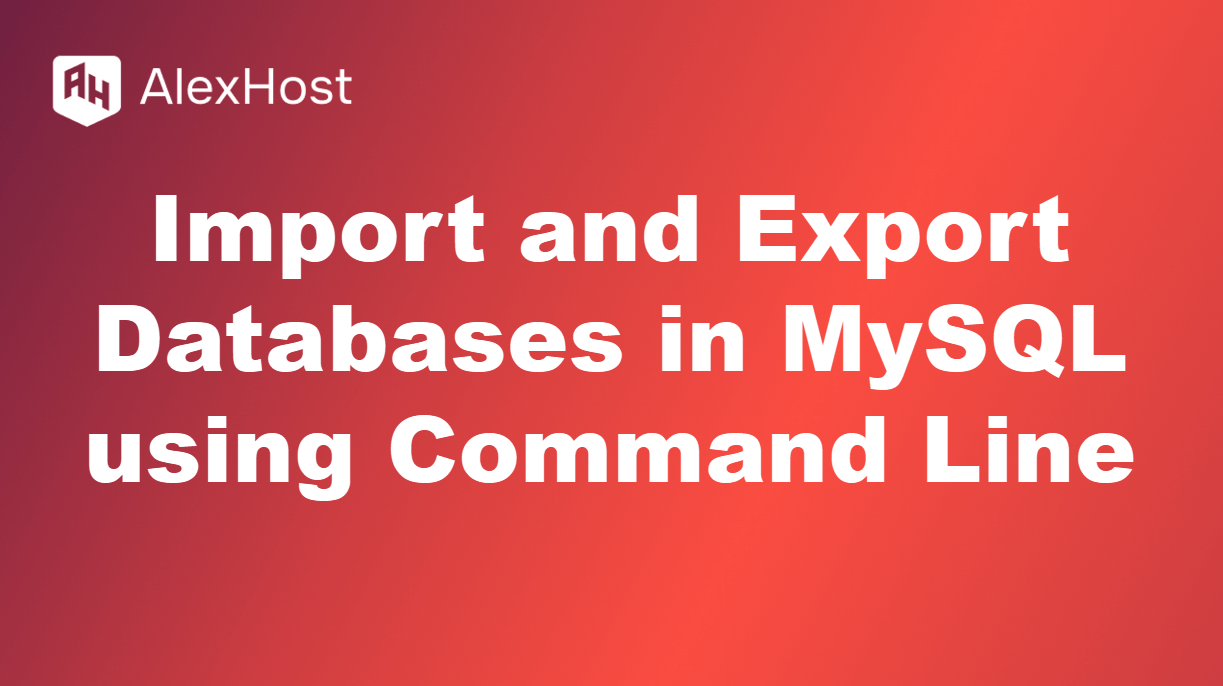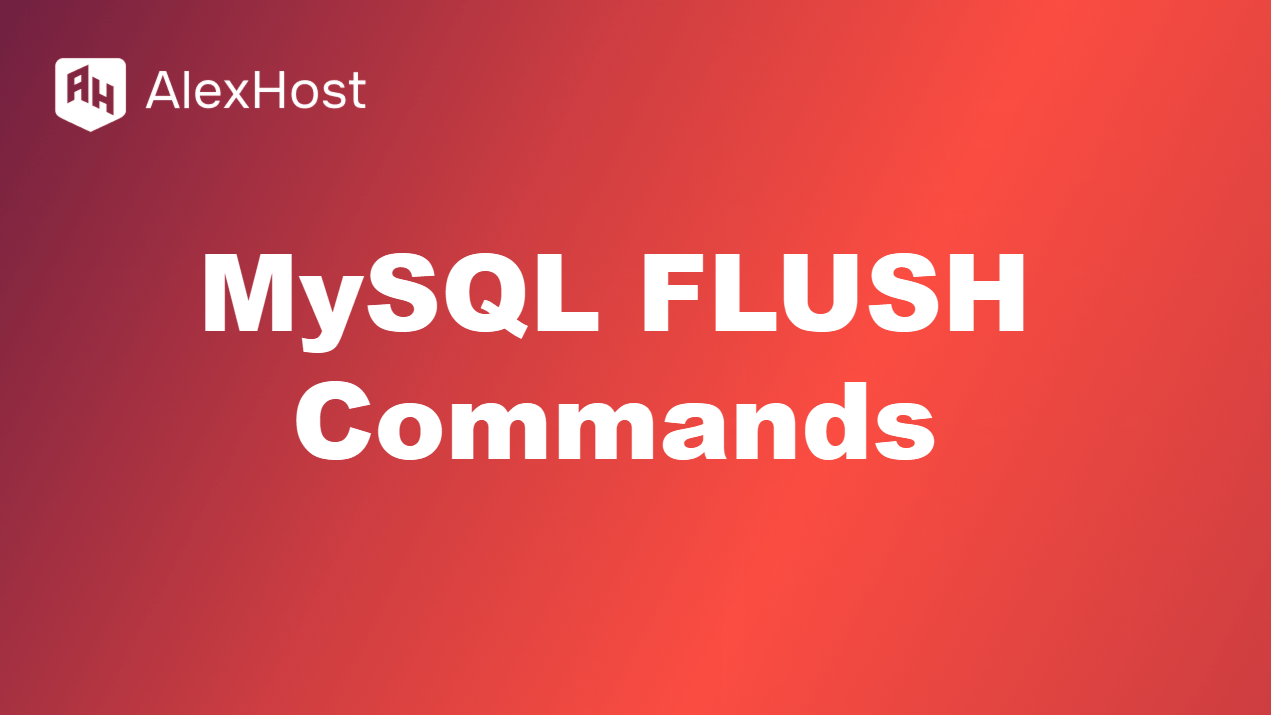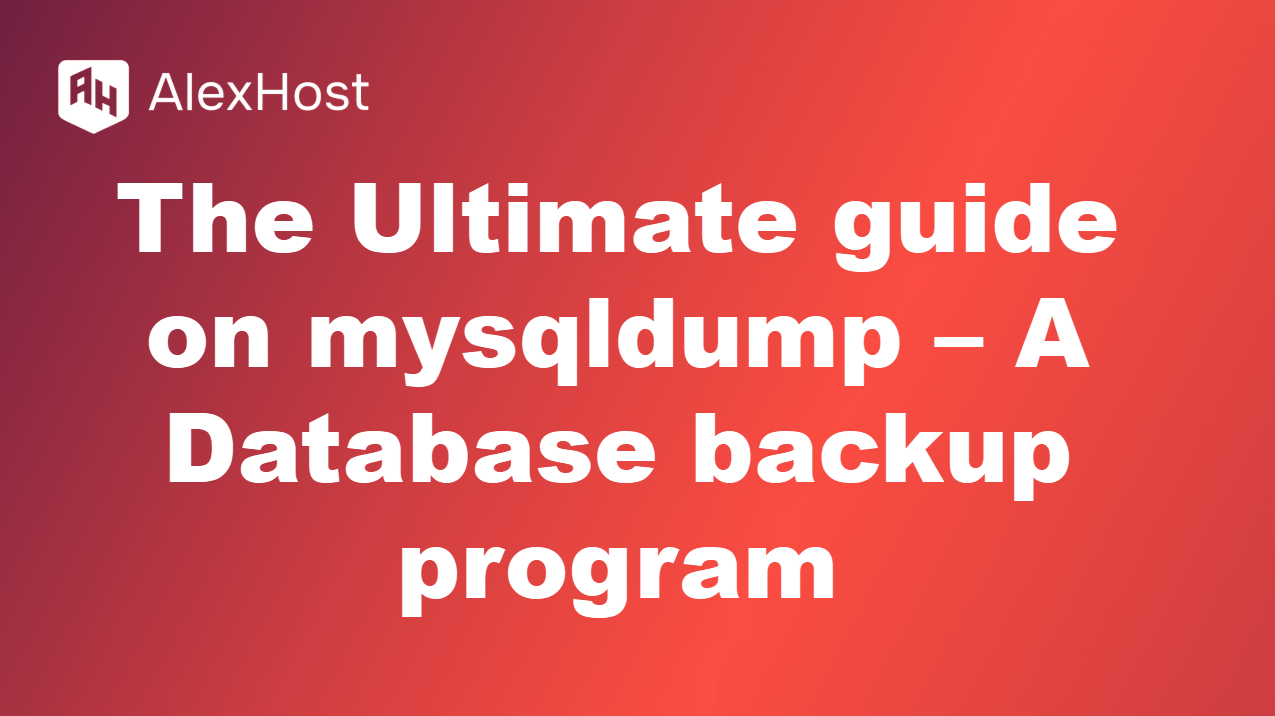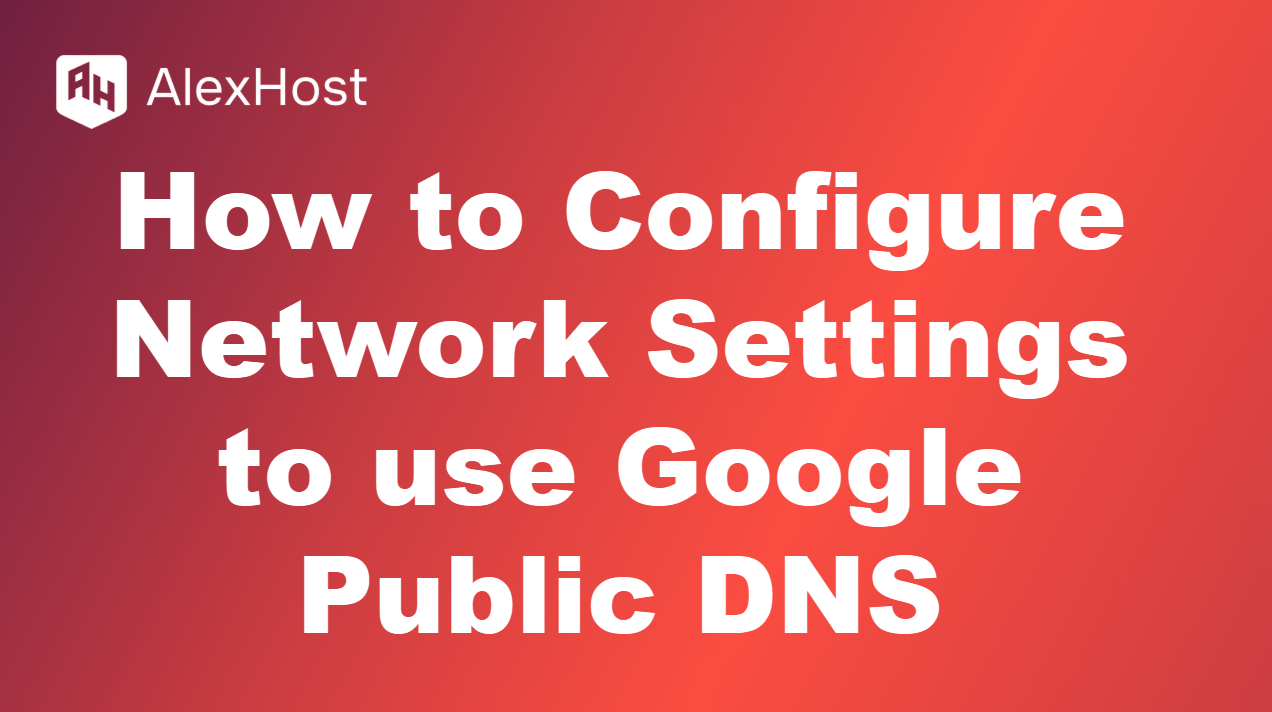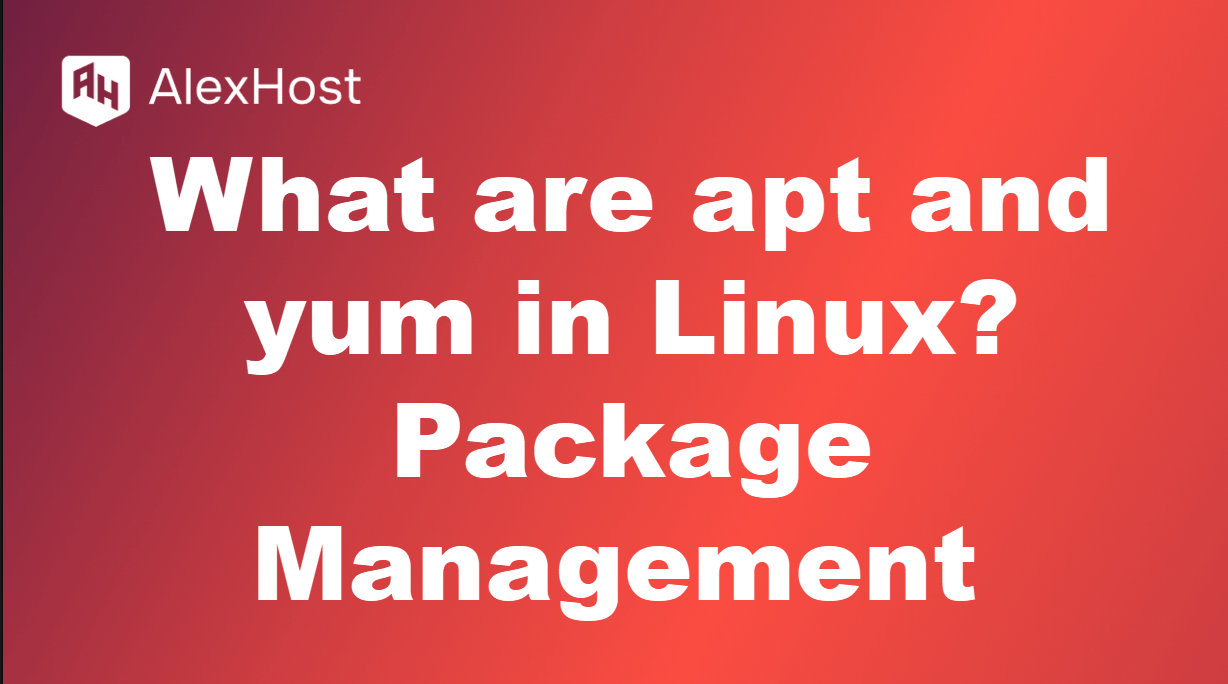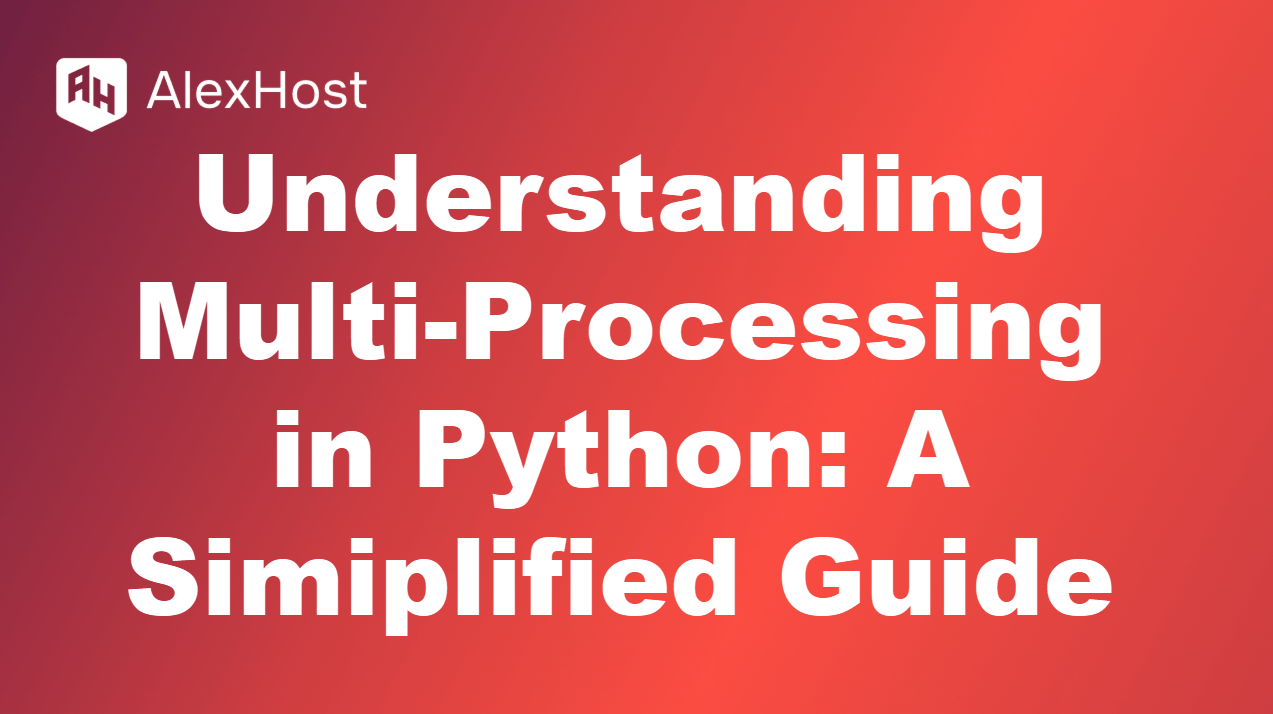When managing Linux systems, creating user accounts is a common administrative task. Two commands are often used for this purpose: useradd and adduser. While both achieve the same end goal—creating user accounts—they have distinct differences in terms of functionality and usage. Understanding these differences can help system administrators choose the right tool for their needs. […]
Read MoreManaging database backups and migrations is an essential task for any MySQL database administrator. Using the command line, you can easily export databases to backup files or import them into a new environment. This guide covers how to import and export databases in MySQL using the command line. Prerequisites Before starting, ensure that: MySQL is […]
Read MoreEfficient database management requires reliable and high-performing hosting solutions, and AlexHost’s MySQL Hosting Services provide the perfect environment for database administrators. With optimized performance, secure infrastructure, and full access to advanced MySQL features like FLUSH commands, AlexHost ensures your database operations run smoothly. Whether you’re managing privileges, clearing caches, or rotating logs, AlexHost empowers you […]
Read MorePHP-FPM (PHP FastCGI Process Manager) is a powerful and widely used process manager for PHP, often favored for its speed and ability to handle high-traffic websites. Knowing how to restart PHP-FPM is crucial for developers and system administrators, especially when applying changes to PHP configurations, resolving issues, or performing routine maintenance. In this article, we […]
Read Moremysqldump is a command-line utility provided by MySQL that allows you to create logical backups of MySQL databases. This tool is widely used for creating database backups, exporting databases to other servers, and migrating databases between MySQL versions or different systems. It is a simple, powerful, and flexible way to back up and restore databases, […]
Read MoreGoogle Public DNS is a free, global Domain Name System (DNS) resolution service that you can use to improve your internet browsing speed, security, and reliability. By configuring your network to use Google Public DNS, you can replace your ISP’s default DNS servers with Google’s DNS servers. Google’s DNS server addresses are: Primary DNS: 8.8.8.8 […]
Read MoreIn the world of Linux, package management is a crucial aspect that enables users to install, update, upgrade, and remove software packages efficiently. Different Linux distributions use different package managers for handling software packages, and among the most popular are apt and yum. These tools provide a way to manage software, ensuring that users can […]
Read MoreRunning resource-intensive applications or data processing tasks? AlexHost’s Dedicated Servers provide the perfect environment to harness the power of multiprocessing in Python. With high-performance CPUs, dedicated resources, and robust infrastructure, AlexHost ensures your applications run efficiently, even under heavy computational loads. Whether you’re crunching data, running simulations, or deploying machine learning models, AlexHost’s solutions are […]
Read MoreLock Down Your Site with Apache htpasswd on AlexHost Ubuntu VPS Why use htpasswd? Apache’s htpasswd is your quick ticket to securing web directories—think admin panels or dev sites—with a simple username/password gate. It’s lightweight, perfect for basic access control, and a breeze to set up on an AlexHost Ubuntu VPS running Apache. This guide […]
Read MoreFaker is a powerful PHP library that generates fake, but realistic, data for testing and seeding databases. In Laravel, Faker is integrated with Eloquent model factories, making it easy to create models with random data for development, testing, and seeding purposes. Using Faker, you can populate your database with realistic names, addresses, emails, and other […]
Read More






